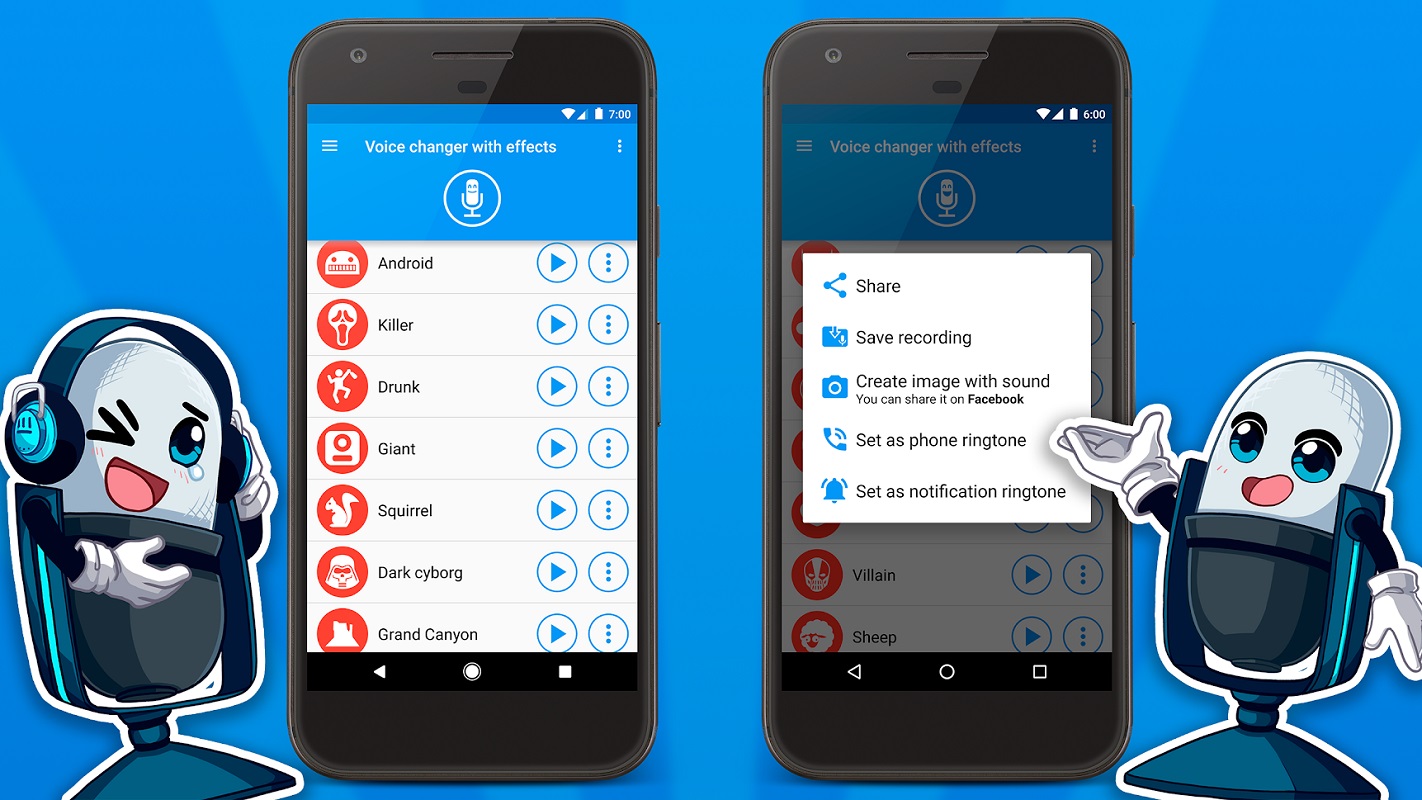If you are with typing problem on the keyboard, such as wrong characters or indecipherable text, don't worry. This happens more than you think. The problem may be due to the “NumLock” key being activated or the wrong language or layout setting. Some cases are also caused by faults in the device's software or hardware.
There are simple and effective ways to solve these problems. This guide will show you how to disable “NumLock”, adjust the language and keyboard layout, and check and troubleshoot software and hardware repair. Follow the instructions to find the keyboard solution deconfigured.

Main points to understand
- Identification of common problems keyboard configuration
- Solutions to disable NumLock on the physical keyboard
- How to access and use virtual keyboard
- Checking and adjusting the language and keyboard layout
- Ways to fix possible hardware issues
Identifying Keyboard Configuration Problems
It is very important to know how to identify problems with Disconfigured keyboard. This helps to correct typing problems effectively. Let's talk about the most common causes of these problems, such as wrong layout, wrong keys and the NumLock activated by accident.
Press Random Keys
A sign of a broken keyboard is when you type the wrong characters. This can happen because of a wrong configuration. It can cause certain commands to produce different characters.
Wrong Language or Layout
Another common mistake is having the wrong language or keyboard layout. For example, the keyboard may be in English and you need to type in Portuguese. This error can cause many problems such as using special characters.
Problems with NumLock
A common mistake is the NumLock activate by accident. When this happens, the number keys start producing numbers instead of letters. Disabling NumLock is an important step in resolving these issues.
Understand what is causing the typing problems facilitates correction. So you can restore your keyboard for everyday use.
Disabling NumLock on the Physical Keyboard
To disable NumLock on the physical keyboard, especially on notebooks without a numeric area, there are methods. Let’s explore the most common ones to optimize your keyboard adjustments.
Locating the NumLock Key
Many keyboards, especially notebooks, have the NumLock key next to others due to lack of space. The first step is to find this key. It can be called NumLk and it can have colors or designs that make it stand out. Once you find it, pressing it deactivates NumLock, preventing letters from being replaced by numbers.
Using the Fn Key + NumLock
On keyboards without a visible NumLock key, the function may be linked to the Fn key. Press the Fn key and at the same time the NumLock or NumLk key. This combination easily disables NumLock. It is useful on compact keyboards and maintains keyboard efficiency. keyboard adjustments.
Disabling NumLock via Virtual Keyboard
If the physical keyboard is not working well, the virtual keyboard could be a good option. It is useful when it is not possible to adjust NumLock directly.
Accessing the On-Screen Keyboard in Windows
To get started, go to the Start menu and choose “Settings”. Then, click on “Ease of Access”. In the left pane, choose “Keyboard”. Activate the “Use Virtual Keyboard” button.
Activating the Numeric Keypad
Open the virtual keyboard and go to “Options”. Check the “Enable numeric keypad” box. Thus, the numeric keypad will appear on the virtual one.
Disabling NumLock on On-Screen Keyboard
To disable the Virtual NumLock, find the “NumLock” key on the virtual numeric keypad. Click on it to disable NumLock. This solves the problems of Windows tweaks with numeric lock.
Checking the Language and Keyboard Layout
Check the keyboard configuration is an important step towards resolving a Disconfigured keyboard. It is essential that the keyboard language is correct and that it matches the language of the operating system. In Brazil, the most used language is Portuguese (Brazil).
It is also important to adjust the keyboard layout. Most keyboards use the ABNT layout or ABNT2. These layouts are made for the Portuguese language. They ensure that the keys produce the correct characters, preventing errors.
Simple verification steps can prevent many typing problems.
To check these settings, go to your computer's “Settings”. Then, go to “Time and Language” and then “Language”. Make sure the language and layout are correct for your needs.
How to Change the Keyboard Language in Windows
Change the keyboard language on Windows it is very useful for various everyday tasks. This includes typing and using specific commands. With the tools of Windows 10 and 11, switching between languages and keyboard layouts is easy.
Step by Step for Windows 10 and 11
At the Windows 10 and 11, to change the keyboard language, go to the “Language and region” settings. See how to do it:
1. Open Settings: Click on the Start menu and choose Settings.
2. Go to “Time and language”: Then, go to the “Time and language” option and then “Language”.
3. Add a new language: In the “Preferred languages” section, click “Add a language”. Choose the language you want from the list.
4. Set the language as default: After adding the language, set it as default. Click on it and choose “Set as default”.
Using Keyboard Shortcuts
To change the language quickly, use keyboard shortcuts. At the Windows 10 and 11, Press Alt+Shift or Ctrl + Shift to switch between keyboard layouts. This is great for those who change languages frequently.
With these tips, you will be able to change the keyboard language on Windows 10 and 11 with ease. This will improve your productivity and meet your personal needs.
Adding a New Keyboard Layout
Add a new keyboard layout can be very useful. This is especially true for those who use Portuguese in Brazil. You ABNT layout standards and ABNT2 are essential for typing correctly and without pain.
Layout Standards: ABNT and ABNT2
You ABNT layout standards and ABNT2 are widely used in Brazil. They have extra keys, like “ç” and accents. This helps you write in Portuguese without errors.
Configuring the Layout in Windows
To change your new keyboard layout, go to Windows settings. Do these Windows system tweaks helps improve typing. You will type faster and with fewer errors.
Checking and Fixing Physical Keyboard Problems
Physical problems with the keyboard, such as dirt, stuck keys, or visible damage, may arise. It's crucial to keep your keyboard clean to avoid problems. We'll show you how to clean and test the keyboard on another device.
Cleaning and Inspecting the Keyboard
First, it's important to clean the keyboard well. Use a dry or slightly damp cloth to remove dust and debris. Compressed air can help in difficult corners. Remember to turn off the keyboard before cleaning.
Testing the Keyboard on Another Device
If cleaning doesn't help, test the keyboard on another device. Connect it to another computer or notebook. If the problem persists, it may be a hardware problem. If not, perhaps it is a software or driver issue.
Using an External Keyboard as a Temporary Solution
If you have a keyboard problem, one external keyboard could be a good temporary solution. One external keyboard, via USB or Bluetooth, helps you use your computer without stopping. That is until the main keyboard was fixed.
Choose one external keyboard that goes with your device and operating system. Many models are plug-and-play, not requiring the installation of extra drivers.
Use a external keyboard helps not to delay work or study. It's a way to stay productive until your main keyboard is repaired or replaced.
Try using an external keyboard. See how it can be an easy and effective solution to keep going without stopping.
Checking Keyboard Driver Problems
Sometimes problems with Disconfigured keyboard come from old or damaged drivers. A good way to resolve this is to update your drivers. This can be done manually or with software.
Updating Drivers Manually
If you like to have control, updating drivers manually is a good choice. First, go to Device Manager of your computer. Find the section keyboards and right click. Then, choose “Update driver” and follow the instructions to complete the update.

Using Driver Update Software
Another effective way to solve the Keyboard unconfigured error is to use update software. There are many good programs, like Driver Booster and the Driver Easy. They do the work for you, finding and installing the newest drivers. This way, your keyboard will work well without needing any help from you.
Solving Trust and Security Issues
To ensure the system security, it is important to keep an eye on virus and other threats. A secure system protects data and keeps hardware and peripherals, like the keyboard, working well.
Checking the System for Viruses
You virus can change how the keyboard works, causing problems. To avoid this, use an up-to-date antivirus and scan your system frequently. This helps to find and take virus that may harm the system security.
Running Malware Scans
Beyond the virus, malware it can also affect your keyboard. To do malware scanning Regular tracking helps find and remove these threats. Use reliable security software to keep your system safe.
Disconfigured keyboard: How to fix the problem
To resolve the issue of a misconfigured keyboard, start by checking the initial keyboard setup. This helps you find the problem before trying other solutions.
Verifying the Initial Configuration
To get started, access your system's language and layout settings. Check that the configuration is correct for the keyboard you are using. Keyboards in the wrong layouts can cause problems.
Additional Actions
If the problem is not resolved with the initial scan, try restoring the system to an earlier point. This may make your keyboard work again. Other keyboard solution is to update the operating system. This may fix bugs affecting the keyboard.
Resolving Operating System Conflicts
OS conflicts are common after new updates. They can range from minor bugs to glitches that affect your computer's performance. But, there are ways to identify and resolve these problems.

Checking the System after Updates
After installing updates, it is crucial to check that everything is ok. Instability can come from conflicts with old drivers or software. It is important to keep all drivers and programs updated to avoid Disconfigured Keyboard problems.
Restarting the Computer
Restarting your computer can solve many OS conflicts. This causes the operating system to reload all components, eliminating conflicts. If problems persist, consider undoing the update or seeking technical help.
Additional Steps for Regular Maintenance
Keeping the keyboard in good condition is essential to ensure its continued functioning and avoid problems. In addition to immediate actions to correct the configuration, regular keyboard maintenance plays a crucial role in preventing future failures. Here, we explore some important tips for keeping your keyboard in tip-top shape.
Periodic Cleaning Tips
A periodic cleaning of the keyboard is essential to remove accumulated dirt and extend the life of the device. Use a slightly damp microfiber cloth to clean the surface of the keys and keyboard. For a deeper clean, you can unplug the keyboard and use compressed air to eliminate dust and debris trapped between the keys. This regular care prevents residue from damaging internal mechanisms.
Checking for Connection Issues
Checking your keyboard connections regularly is another vital step in keyboard maintenance. Make sure the USB cable is securely connected to the computer and inspect it for any damage. For wireless keyboards, check that the batteries are charged and that the receiver is positioned correctly. Troubleshooting connection issues can prevent unexpected failures and ensure consistent performance.
FAQ
[rank_math_rich_snippet id=”s-4bf593e5-c858-47ed-87d6-4c0825243378″]





